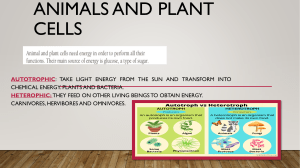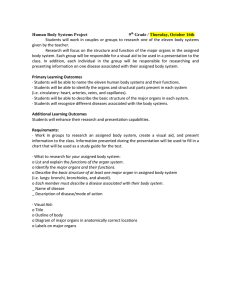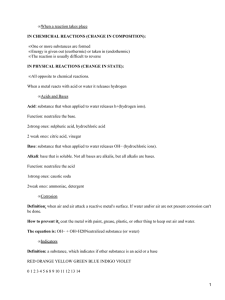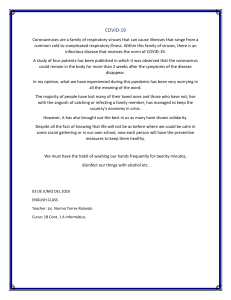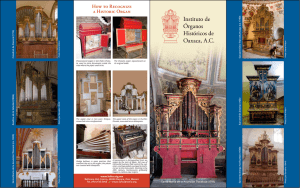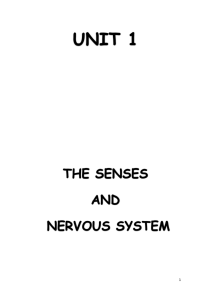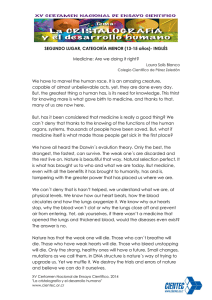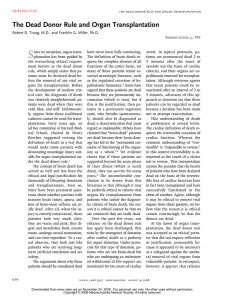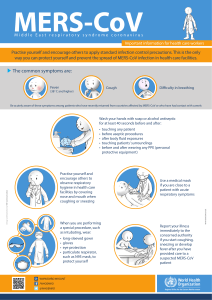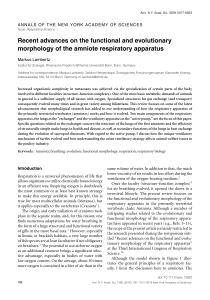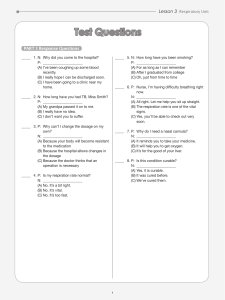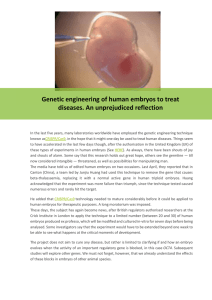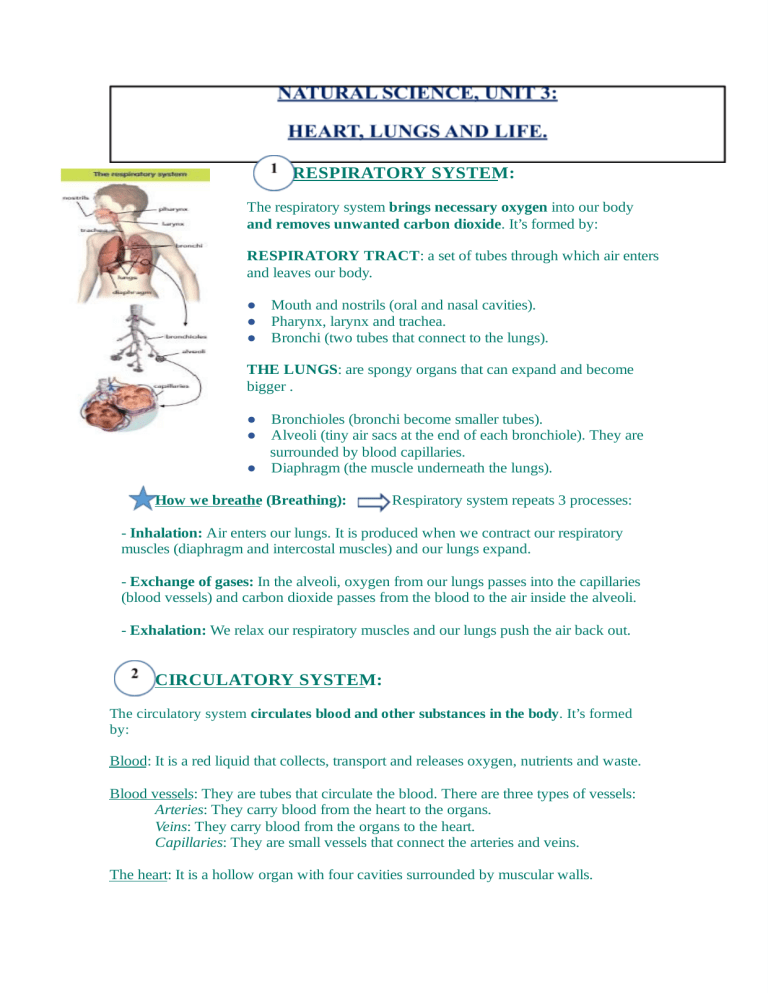
RESPIRATORY SYSTEM: The respiratory system brings necessary oxygen into our body and removes unwanted carbon dioxide. It’s formed by: RESPIRATORY TRACT: a set of tubes through which air enters and leaves our body. ● Mouth and nostrils (oral and nasal cavities). ● Pharynx, larynx and trachea. ● Bronchi (two tubes that connect to the lungs). THE LUNGS: are spongy organs that can expand and become bigger . ● Bronchioles (bronchi become smaller tubes). ● Alveoli (tiny air sacs at the end of each bronchiole). They are surrounded by blood capillaries. ● Diaphragm (the muscle underneath the lungs). How we breathe (Breathing): Respiratory system repeats 3 processes: - Inhalation: Air enters our lungs. It is produced when we contract our respiratory muscles (diaphragm and intercostal muscles) and our lungs expand. - Exchange of gases: In the alveoli, oxygen from our lungs passes into the capillaries (blood vessels) and carbon dioxide passes from the blood to the air inside the alveoli. - Exhalation: We relax our respiratory muscles and our lungs push the air back out. CIRCULATORY SYSTEM: The circulatory system circulates blood and other substances in the body. It’s formed by: Blood: It is a red liquid that collects, transport and releases oxygen, nutrients and waste. Blood vessels: They are tubes that circulate the blood. There are three types of vessels: Arteries: They carry blood from the heart to the organs. Veins: They carry blood from the organs to the heart. Capillaries: They are small vessels that connect the arteries and veins. The heart: It is a hollow organ with four cavities surrounded by muscular walls. How blood flows: 1. The blood leaves the heart. The walls of the heart contract and pump the blood through the arteries. 2. The blood reaches the organs. Different processes happen: nutrients collection, oxygen and nutrients distribution, exchange of gases, and waste release. 3. The blood returns to the heart (via the blood capillaries that connect to the veins). REPRODUCTIVE SYSTEM: Reproduction function: needs a male and female. A zygote is created when a male cell (a spermatozoon), fuses with a female cell (an ovum). It allows us to have children when we are adults. Most of the female reproductive organs are inside the body: ● The ovaries: they are two organs that produce the female reproductive cells (ova). ● The uterus: a hollow organ with muscular walls. It expands during pregnancy as the foetus grows inside it. ● The vagina: it connects the uterus to the exterior of the body. ● The vulva is the part that is on the outside of the body. It surrounds and protect the vagina. It produces spermatozoa . It consists of various organs, most of them are outside of the body: ● The testicles are two oval-shaped organs that produce spermatozoa. They are protected by a bag of skin called the scrotum . ● The penis is connected to the testicles. It contains the urethra. The spermatozoa pass through the urethra and are expelled out of the body. PREGNANCY AND BIRTH Human reproduction takes place when a spermatozoa and an ovum join together inside the female body. 1. The penis enters the vagina and releases spermatozoa. These spermatozoa swim into the uterus. 2. If there is a fertile ovum in the uterus, a spermatozoon enters the ovum and they fuse together to become a zygote (fecundation ). PREGNANCY (last about 40 weeks). Embryonic phase El cigoto se implanta en las paredes del útero hasta convertirse en un embrión. ● The zygote implants in the wall of the uterus until it becomes an embryo . ● The placenta develops in the uterus. It provides nutrients and oxygen to the embryo, which is attached to the placenta by the umbilical cord. ● A membrane filled with liquid (amniotic sac ) surrounds the embryo. ● At this stage, the embryo has few body organs, but the heart is beating . En esta etapa, el embrión tiene pocos órganos corporales, pero el corazón late . Foetal phase ● ● By the eleventh week, the embryo measures between five and six centimetres and is called foetus. The foetus continues to grow and develop until its body organs can function outside the mother´s body. BIRTH ● ● Birth happens forty weeks after fecundation, when the foetus’ organs have developed enough. In the final week of gestation, the baby turns around to leave the uterus. Then, the amniotic sac bursts and the walls of the vagina widens. The uterus contracts and the amniotic liquid and the baby are expelled out. Later, the placenta is also expelled and the umbilical cord is cut. Now the baby can breathe.
